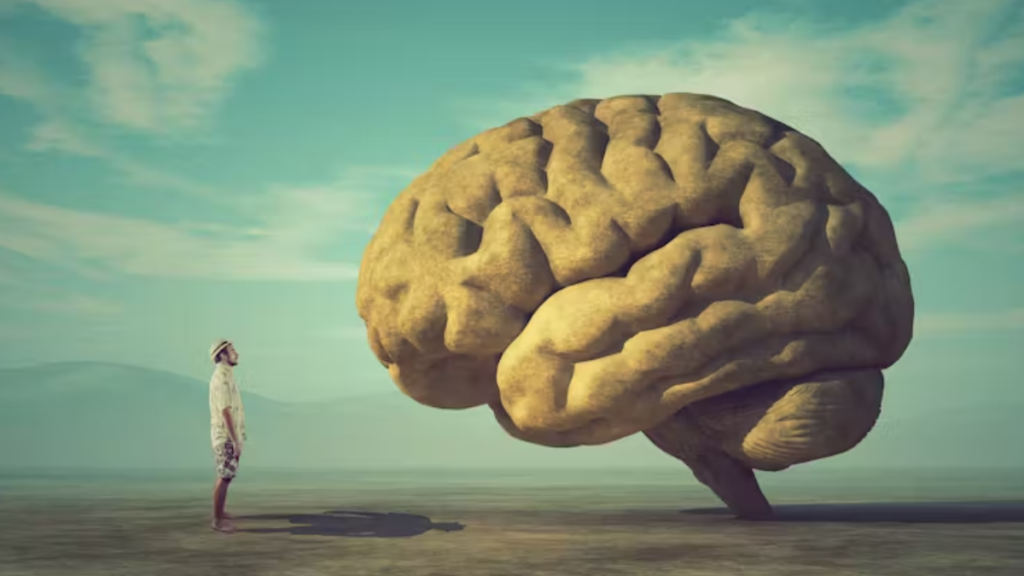Most of us assume that our brains shrink as we grow older, leading to memory loss and slower thinking. But new research shows that some parts of the brain actually grow with age, challenging long-held beliefs about brain ageing.
The brain is a highly complex organ made up of different layers, each responsible for unique functions. One of these layers, known as layer four of the sensory cortex, is essential for processing touch. Interestingly, studies have found that this particular layer becomes larger in older adults compared to younger ones.
This discovery suggests that the ageing brain is not simply deteriorating across the board. Instead, it appears to preserve and even enhance functions that are used frequently throughout life. For example, because layer four is responsible for feeling touch, its enlargement may mean that older adults are more sensitive to sensations such as touch and pain. However, the deeper layers of the sensory cortex, which help modulate and filter these sensations, tend to shrink with age. This imbalance could explain why older people sometimes struggle to filter out distractions, adapt to new environments, or multitask effectively.
Animal studies support these findings too. Research involving mice revealed that older mice, like older humans, also showed growth in layer four. However, in very advanced age, this same region began to degenerate, suggesting there may be a limit to the brain’s ability to preserve itself.
Another important finding relates to lifestyle. A middle-aged individual born without one arm was found to have a smaller layer four in the sensory cortex. This shows that brain mass is influenced by how much a particular region is used. In other words, the brain strengthens areas that are exercised regularly – whether through touch, sensory experiences, reading, or other mental challenges.
These findings highlight the adaptability of the brain and suggest that ageing is not purely a process of decline but also one of reshaping. The brain appears to protect functions that remain in regular use while allowing underused areas to weaken. This means lifestyle, habits, and daily mental challenges all play a role in determining how our brains age.
Ultimately, while older adults may find it harder to multitask or adjust to new environments, their brains remain remarkably capable of adapting and preserving core functions well into later life.

